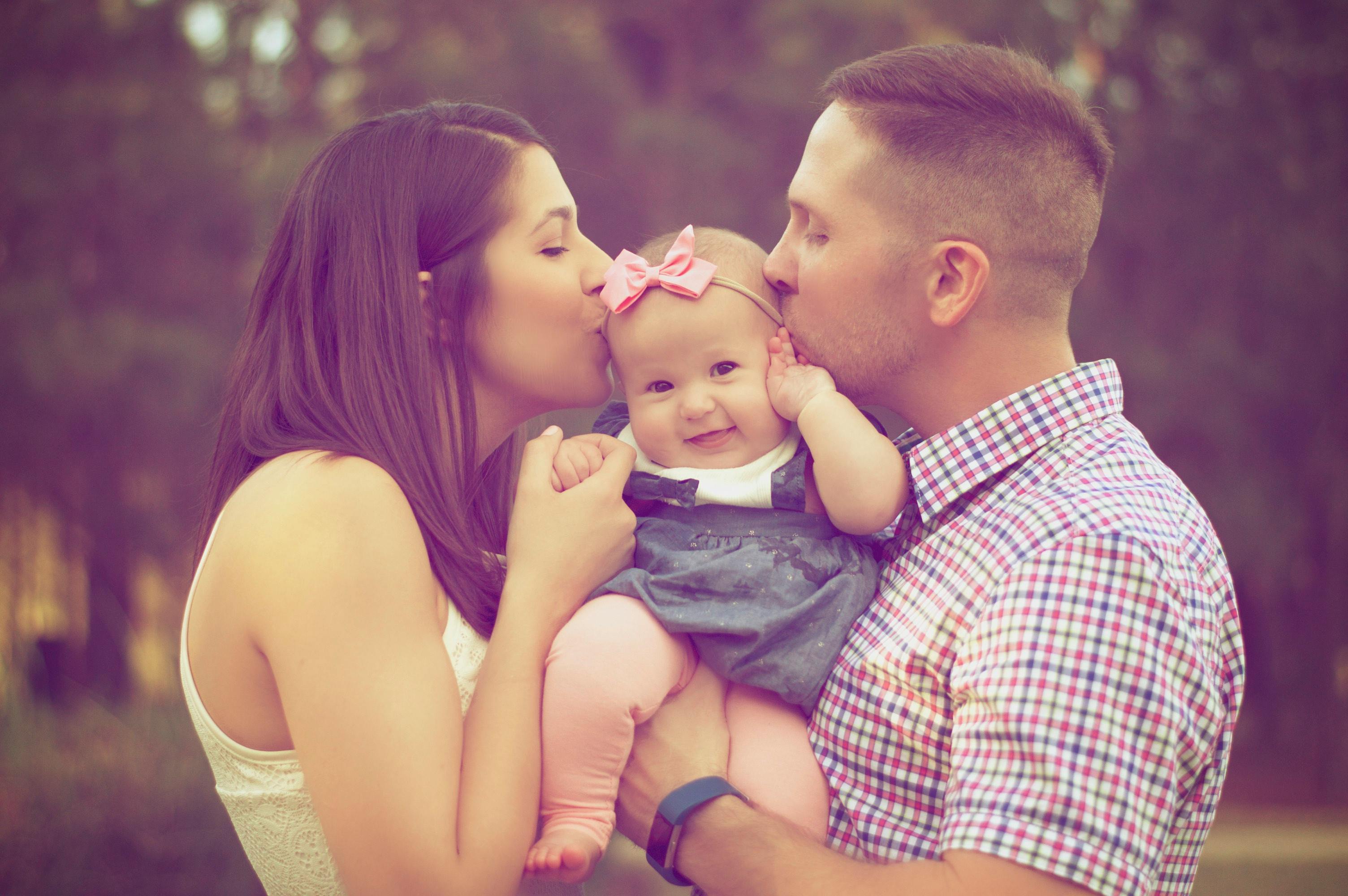Caption : Father and son - baby- father - child - family - son
URL: https://pixabay.com/en/father-and-son-baby-father-child-1153919/
Bob Marvin, Ph.D., from The
University of Virginia and a Director of the Ainsworth Attachment Clinic and the
COS network, presented at Liberty University, the topic on attachment, as
affected by trauma, using the Circle of Security as an intervention to this
association. The circle of Security (Marvin, Cooper, Hoffman & Powell, 2002) was used to
develop a user-friendly model to teach parents their roles as attachment
figures and what children expect from them to develop that healthy attachment style.
By using Brady (2002)’s comic images of the story of rose, Dr. Marvin explained
how a child could feel down (depletion of his power cells), goes to his parent
(the recharger), gets affection using the example of a hug (the process of
recharging), and then when ready sends a sign to the parent (the fully charged
indicator wiggle). This illustration recaps the concept of guiding the infant
from a state of distress to the ability to move to and fro from the perceived secure
base or safe haven.
What I was intrigued with was the
application of the circle of Security to the relationship Christians
perceive to have with God. Research has shown that God has been a figure of
attachment to some Christians, and has been described as a safe haven, a provider,
true friend, to name a few (Counted, 2016). Granqvist and Kirkpatrick (2008)
listed the criteria for an attachment figure, which includes maintaining proximity
to the individual, acting as a safe base, responding quickly to loss or separation
and being perceived as stronger and/or wiser. This provides evidence that any
individual who meets this criterion can be perceived as an attachment figure, enhancing
a healthy attachment style with a child, while providing an atmosphere for
heathy emotional regulation to be learned by the infant.
This is important for counselors to
know. Clients who have not had that opportunity to learn how to regulate their
emotions appropriately could come to counseling expecting that same unhealthy
environment. It is our responsibility to create an atmosphere where they can develop
adequate skills to help them develop emotional regulation skills and tolerate
distress appropriately–an atmosphere of empathy, unconditional positive regard and
congruence. By creating that example of a safe place, the client can learn that
not all individuals and subsequent interactions are negative, that they are not
to be blamed for what they went through as children, and that they have new opportunities
to develop new healthy attachments. Counselors can also use this model to help
teach parents and caregivers to develop the ability to pick up early cues and
respond appropriately to the needs of children.
References:
Brady, P. (2002,
January 21). Rose is Rose [Cartoon comic]. Retrieved from
http://www.gocomics.com/roseisrose/2002/01/21
Counted, V. (2016). God as an Attachment Figure: A Case Study
of the God Attachment
Language
and God Concepts of Anxiously Attached Christian Youths in South
Africa. Journal of Spirituality in Mental Health,18(4),
316-346.
doi:10.1080/19349637.2016.1176757
Granqvist, P., & Kirkpatrick, L. A. (2008). Attachment
and religious representations and
behavior.
In J. Cassidy & P. R. Shaver (Eds.), Handbook
of attachment: Theory,
research,
and clinical applications (2nd ed., pp. 906–933). New York: Guilford.
Marvin, R., Cooper, G., Hoffman, K., & Powell, B.
(2002). The Circle of Security project:
Attachment-based
intervention with caregiver-pre-school child dyads. Attachment &
Human Development, 4(1), 107–124

